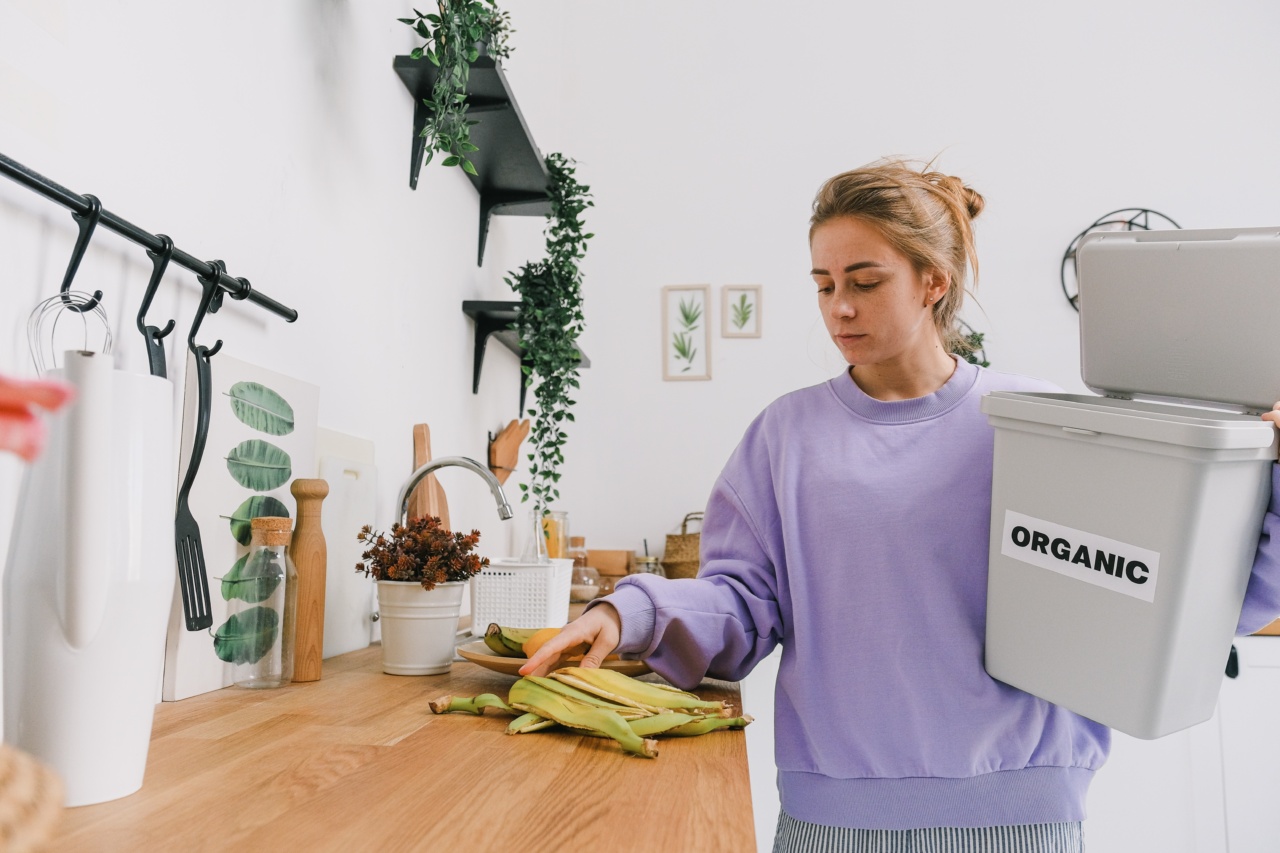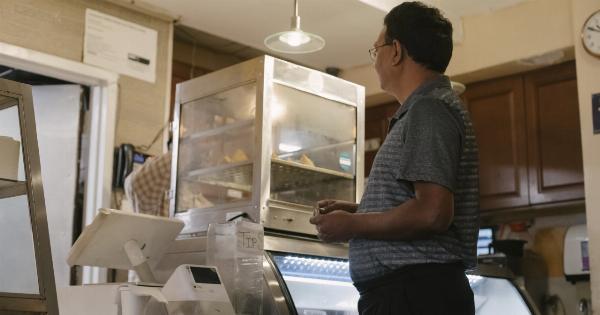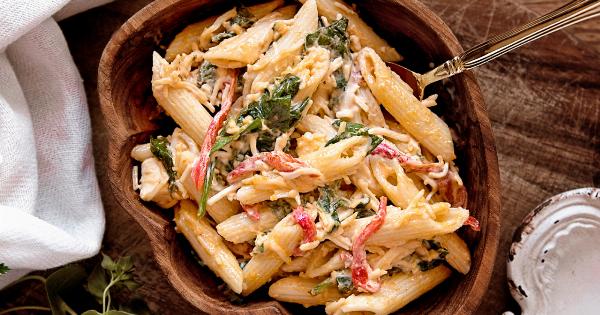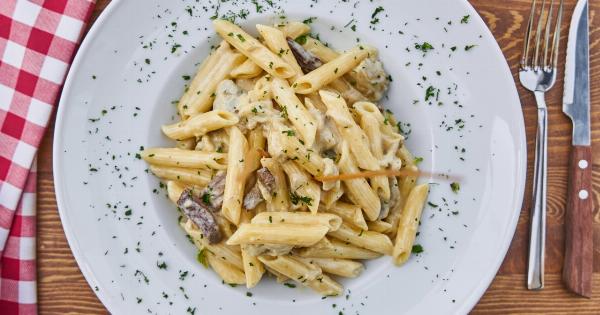Food waste is a major problem around the world. According to the United Nations, one-third of all food produced in the world is wasted every year. In developed countries, this is largely due to consumer behaviour.
We buy too much food, let it spoil, and throw it away. Not only is this terrible for the environment, but it also wastes money. Here are 30 ways you can reduce food waste and save money:.
1. Plan Your Meals
One of the easiest ways to reduce food waste is to plan your meals in advance. Before you go grocery shopping, make a list of the meals you want to make for the next week and only buy the ingredients you need.
2. Shop With a Purpose
When you go grocery shopping, stick to your list and only buy what you need. Avoid buying items on impulse, especially perishable items like fresh produce.
3. Check Expiration Dates
Before you buy anything, check the expiration date. Don’t buy items that will expire before you have a chance to use them.
4. Use a Shopping List
Using a shopping list can help you avoid buying too much food. Keep a running list on your fridge and add items as you run out of them.
5. Buy in Bulk
Buying non-perishable items in bulk can save you money in the long run. Just make sure you have a plan for how you’re going to use them before you buy.
6. Freeze Excess Food
If you have excess food, consider freezing it for later use. This works well for meats, fruits, and vegetables.
7. Rotate Your Pantry
When you get home from the grocery store, move older items to the front of your pantry or fridge and put newer items in the back. This will help you use up older items before they expire.
8. Learn How to Store Food Properly
Properly storing food can help it last longer. For example, store potatoes in a cool, dark place to prevent them from sprouting.
9. Buy Ugly Produce
Ugly produce is often just as nutritious as pretty produce, but it’s usually cheaper. Look for discounted produce that might not look perfect but is still perfectly good to eat.
10. Buy Imperfect Items
Similarly, imperfect items like misshapen pasta or dented cans are often cheaper and still perfectly good to eat.
11. Get Creative with Leftovers
Instead of throwing away leftovers, get creative and turn them into new meals. For example, leftover chicken can be turned into chicken salad or chicken quesadillas.
12. Use Your Freezer
In addition to freezing excess food, you can also use your freezer to make large batches of meals that can be reheated later. This can help you save time and waste less food.
13. Don’t Overserve
When you’re cooking, avoid over-serving food. Start with smaller portions and allow people to go back for seconds if they want more.
14. Compost Your Scraps
If you have food scraps like vegetable peels or coffee grounds, consider composting them rather than throwing them away. This will help reduce the amount of food waste that goes to landfills.
15. Use Every Part of the Vegetable
Many vegetables like broccoli stems or kale stems are perfectly edible but are often thrown away. Learn how to use every part of the vegetable to reduce waste.
16. Avoid Overbuying
Avoid buying more food than you can realistically eat. If you’re not sure how much you’ll actually eat, start with smaller portions and buy more later if you need it.
17. Buy Local
Buying local produce can help reduce food waste. Local produce is often fresher and hasn’t had to travel as far to get to your grocery store.
18. Donate Excess Food
If you have excess food that you know you won’t be able to eat, consider donating it to a local food bank or soup kitchen.
19. Use Reusable Containers
When you’re storing food, use reusable containers instead of plastic wrap or plastic bags. This will help reduce waste and save you money in the long run.
20. Share Meals with Friends
If you have a large batch of food that you know you won’t be able to eat, consider sharing it with friends or neighbours. This is a great way to reduce waste and build community.
21. Use Meal Planning Apps
There are plenty of meal planning apps available that can help you plan your meals and reduce waste. Consider using one to help you stay organized.
22. Use Leftover Food in Smoothies
If you have leftover fruits or vegetables that are starting to go bad, consider using them in smoothies or other blended drinks.
23. Bring Your Own Containers
When you’re eating out or getting takeout, bring your own containers to avoid using disposable containers. This will help reduce waste and save you money on disposables.
24. Use Food Scraps in Broths
If you have vegetable scraps like onion peels or carrot tops, consider using them to make broths or stocks.
25. Use Leftovers in Salads
Leftover meats or vegetables can be turned into delicious salads. Just add some leafy greens and your favourite dressing.
26. Make Your Own Stock
Instead of buying stock at the grocery store, make your own using leftover bones or vegetable scraps.
27. Use Portions Wisely
When you’re cooking, use portions wisely. For example, if you’re making pasta, use a kitchen scale to measure out the right amount of noodles.
28. Avoid Pre-Packaged Foods
Pre-packaged foods are often more expensive and create more waste. Consider making your own snacks or buying snacks in bulk instead.
29. Don’t Throw Away Wilting Produce
Wilting produce can often be revived by soaking it in cold water for a few minutes. Try this before throwing away produce that seems to be on its last legs.
30. Be Mindful of Portions
Finally, be mindful of your portions. Don’t over-serve yourself and be aware of when you’re full. This will help you waste less food and save money on groceries.





























